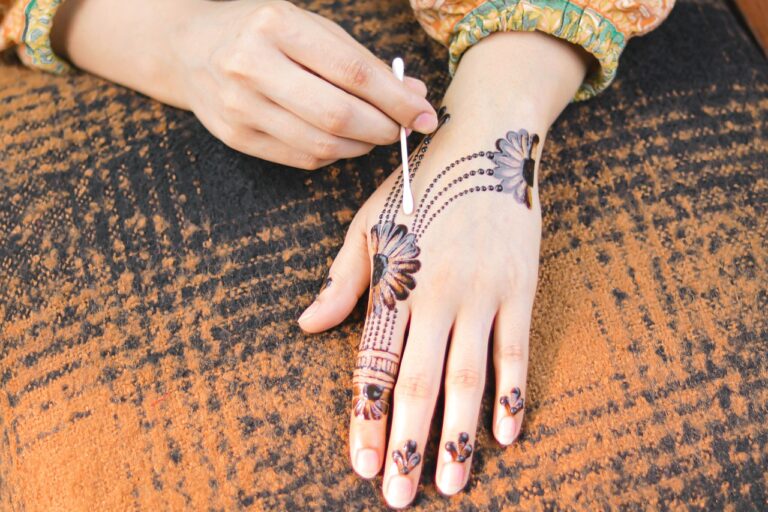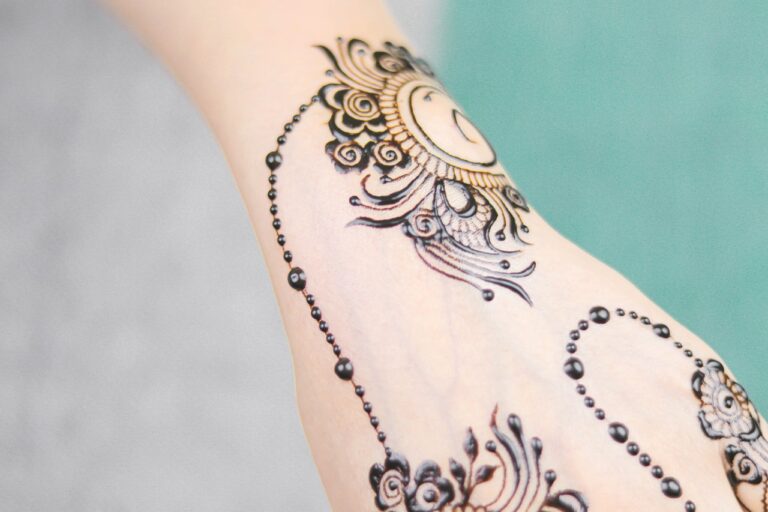Fashion and Cultural Identity: Exploring Traditional Dress
Traditional dress is a form of cultural expression that reflects the values, beliefs, and heritage of a specific community. Each element of traditional attire, from the fabric choices to the intricate designs, carries a deep significance rooted in the history and identity of the culture it represents. The use of specific colors, patterns, and accessories often conveys important messages about social status, age, marital status, and even the wearer’s role in the community.
Moreover, traditional dress often serves as a symbol of pride, resilience, and belonging for individuals within a cultural group. The act of wearing traditional attire can be a powerful way to assert one’s identity, celebrate cultural heritage, and preserve traditions that have been passed down through generations. In many societies, traditional dress is donned during important cultural events, ceremonies, and celebrations as a way to honor the past and pay homage to the ancestors who forged the path for future generations.
Significance of Traditional Attire in Different Cultures
Traditional attire holds immense importance in various cultures around the world. The clothing worn by different communities often signifies their unique heritage, values, and beliefs. In many societies, traditional attire is not merely a form of dress, but a symbol of identity and pride that is passed down through generations.
The significance of traditional attire extends beyond just aesthetics; it serves as a powerful tool for cultural preservation and expression. Through their clothing, individuals can showcase their cultural roots and celebrate their history in a tangible way. Traditional attire is often worn during special occasions and ceremonies, serving as a reminder of the rich traditions and customs that have been upheld for centuries.
Impact of Globalization on Traditional Clothing
Globalization has undeniably influenced traditional clothing styles around the world. With the rise of global trade and communication, traditional attires have become increasingly accessible to individuals from different cultures. This has led to a blending of traditional clothing elements, creating unique fusion styles that cater to the evolving tastes of consumers worldwide.
Moreover, the increased popularity of fast fashion and mass production has put traditional clothing at risk of losing its cultural significance. As mass-produced garments flood the market, traditional clothing artisans are facing challenges in sustaining their craft. The commercialization of traditional attire has also led to the dilution of its authenticity, as designs are often altered to cater to mainstream preferences.
How has globalization affected traditional clothing?
Globalization has led to a homogenization of fashion trends, causing traditional clothing to lose its significance in many cultures.
What are some key elements of traditional dress?
Key elements of traditional dress can include specific fabrics, colors, patterns, and styles that are unique to a particular culture or region.
Why is traditional attire important in different cultures?
Traditional attire plays a significant role in preserving cultural heritage, identity, and values within different societies.
How has globalization impacted the production of traditional clothing?
Globalization has shifted production processes towards mass production and outsourcing, leading to a decline in traditional craftsmanship and artisanal techniques.
Are there any efforts to preserve traditional clothing in the face of globalization?
Yes, many cultural organizations and designers are working to promote and preserve traditional clothing through fashion shows, exhibitions, and collaborations with modern designers.







